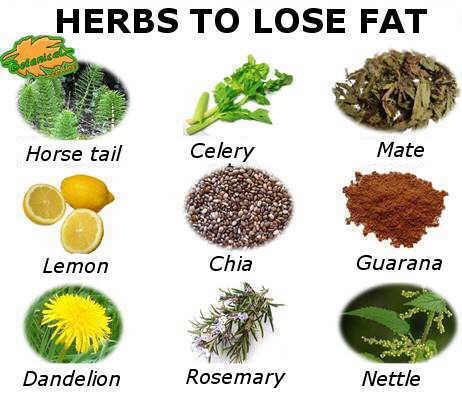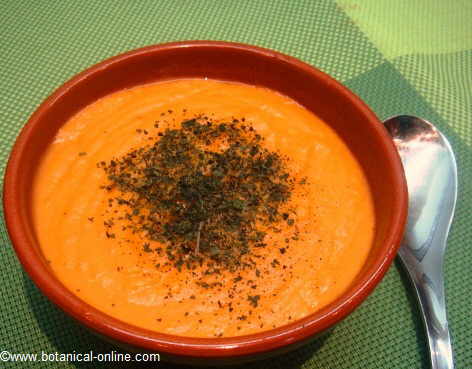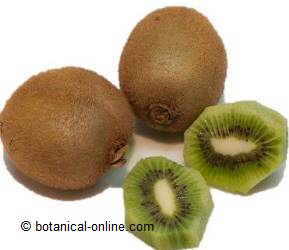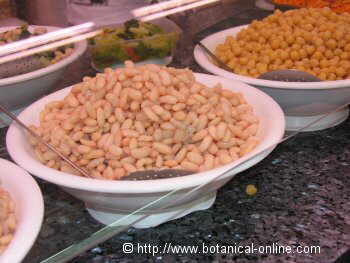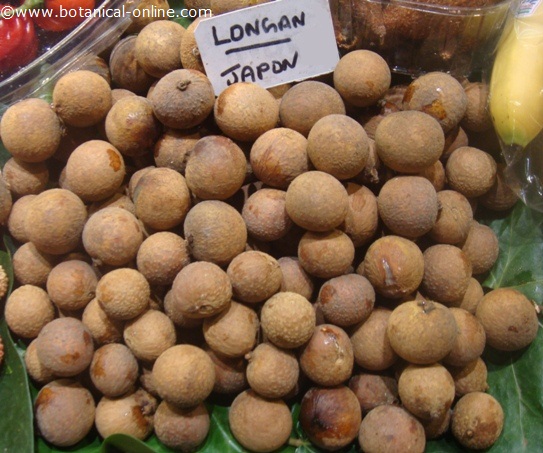Contents
Recommended oils to cook or fry
What are the best types of oils for frying?
All oils deteriorate when frying, due to the effect of high temperatures on the chemical structure of fats.
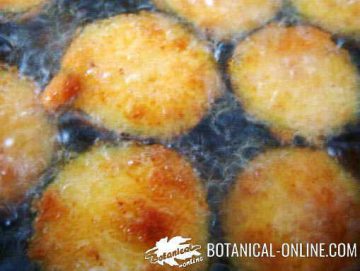
Dr. Kousmine already spoke of this when he recommended in his method “not to consume too many heated oils“.
Why is it bad to fry an oil?
When an oil is heated a lot, toxic compounds are formed, such as acrolein, acrylamide, pre-oxides and PAHs. They are formed by heating oils, so, at higher temperatures, they become more toxic. When an oil smokes it means that a lot of these harmful compounds have been formed.
These compounds are very oxidizing and behave inside the cells destroying their structures: they bind to DNA, RNA and to different proteins and structures, degenerating the cells and producing their premature aging.
In a normal diet, antioxidants slow down these substances and prevent the deterioration of cells. But if the diet is excessive in fried, you should eat more antioxidants. In general it is preferable not to abuse oils or heated fats.
Which oils are good for cooking or frying?
All oils deteriorate when fried, a sign of this is when they start to smoke. The most advisable thing is to avoid heating the oils too much. The oils suitable for cooking are those which resist slightly elevated temperatures:
- Olive oil: It is the best oil for cooking and frying, because its monounsaturated fats omega 9 (oleic acid) are more resistant to temperature than polyunsaturated seed oils (omega 3 and 6).In addition to using olive oil, it is better to use quality olive oil (virgin or extracted from pressure) because it contains more antioxidants. It has been proven when cooking with this oil its antioxidant components are impregnated in the food.
- High oleic sunflower oil and high oleic canola oil: If it is not possible to use olive oil, high oleic oils are also suitable. When “high oleic” is indicated, it usually means that seeds are usually modified to contain more omega 9. In addition, antioxidant vitamin E is often added.
- Virgin coconut oil: the type of fat contained in coconut oil resists cooking temperatures very well, better than olive oil. However, monounsaturated fats such as olive oil are preferable for human nutrition. In addition, virgin olive oil contains many more antioxidants than virgin coconut. For this reason, in countries where virgin olive oil is available, it is better to cook with olive than with coconut. It is always recommended to cook at mild temperatures and not at high heat.
Other oils suitable for cooking
- Hazelnut oil: it is very expensive and is not usually used for cooking.
- Edible argan oil: it is not used because it is a shrub that is only found in a protected area of Morocco (its consumption is not organic outside its production area).
- Canola oil that is not high oleic: Maintains a good amount of omega 9 and could also be suitable for cooking, although it maintains a high amount of polyunsaturated fats and therefore the above options are preferable.
Suitable oils for frying and raw. Seed oils should not be heated because their fats deteriorate easily and produce toxic and irritating components. High oleic oils are more resistant to heat, while those rich in omega polyunsaturated fatty acids smoke and degrade easily.
Oils NOT recommended for cooking or frying
The following oils are NOT recommended for frying or cooking because of their high content of polyunsaturated fats. All seed oils (sunflower oil , flaxseed oil , walnuts oil , …) are rich in this type of fats.
- Refined and fried oils are not recommended. Nor margarine.
The best way to take these oils is in raw, in dressings, salads, etc., because they do not resist the cooking temperatures.
Due to the chemical characteristics of their fats, which are mostly polyunsaturated (omega 3 and 6), these oils smoke easily, which is indicative of the formation of toxic compounds (PAH, peroxides, etc.).
- Sunflower oil: Sunflower oil “not high oleic” is not suitable for frying because of its high content of polyunsaturated fats. This type of fats, due to its structure, readily smokes and quickly forms the toxic compounds mentioned above. It is only recommended to fry with sunflower oil that is high oleic.
- Seed oils in general: soybean oil, peanut oil or peanut oil, sesame oil, walnut oil, linseed oil, Brazil nut oil, etc.
The only oil recommended for cooking is olive, virgin coconut or “high oleic” oils. Cooking at mild temperatures is better than frying temperatures. Seed oils are not suitable for frying (except high oleic) |
- The healthiest thing is to use the oils of seeds of cold pressure in raw, in salads and healthy recipes.
Disadvantages of heated oils
Correctly accompany high-fat foods
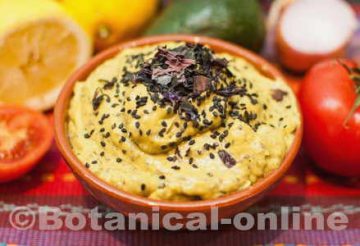
The fried and heated oils should be accompanied by foods rich in antioxidants to compensate for the excess of free radicals formed: mango, oranges, tangerines, guava, kiwi, avocado, zapote, tomatoes, guanábana, carrots, pumpkin, apples, pear, bananas , medlars, chayotes, zucchini, seaweed, etc.
It is also recommended:
- Reduce the amount of oil used for cooking. Use healthy sauces and avoid fried ones.In exchange for reducing the oil, we can add avocado or nuts and seeds to salads, sandwiches, etc.
- Add seasonings rich in vitamin C as half lemon squeezed to the dishes.
![]() More information on oils.
More information on oils.


